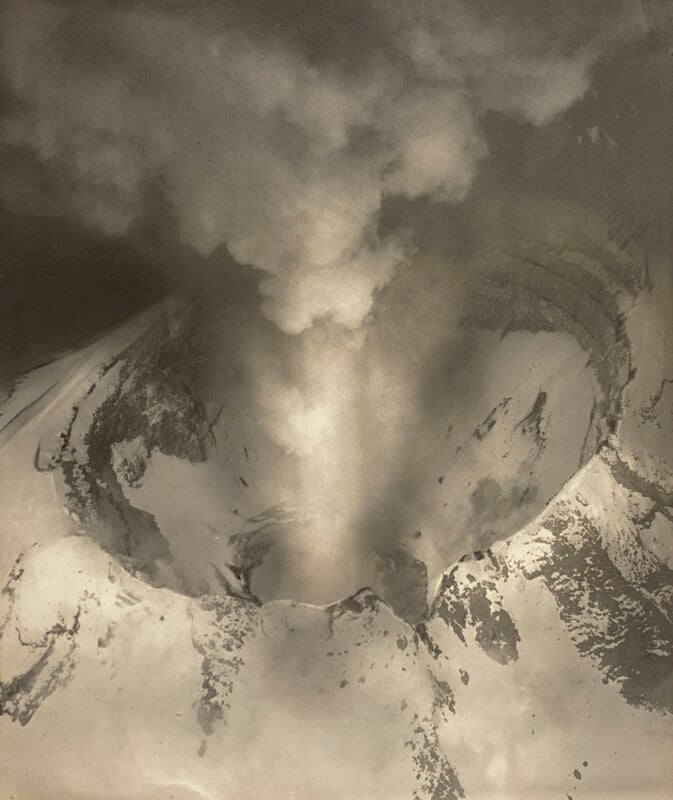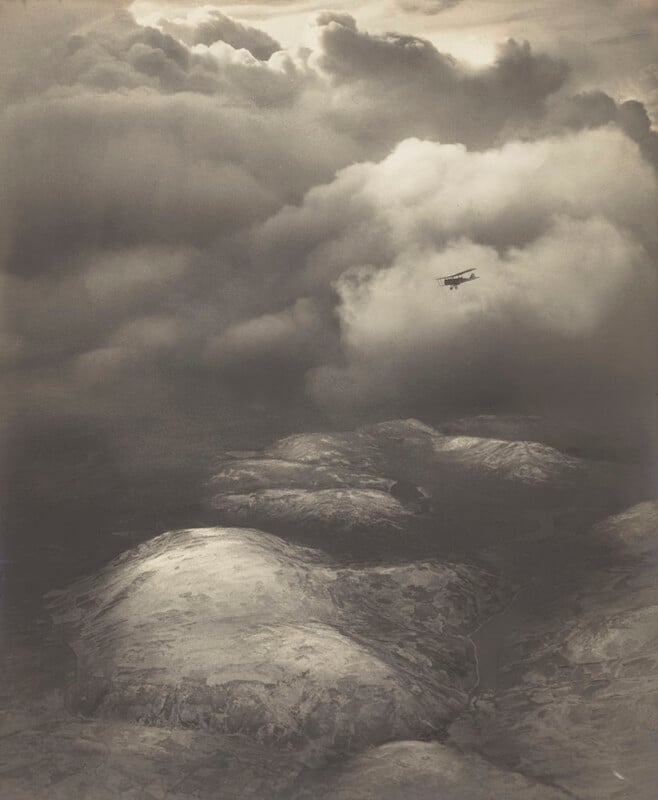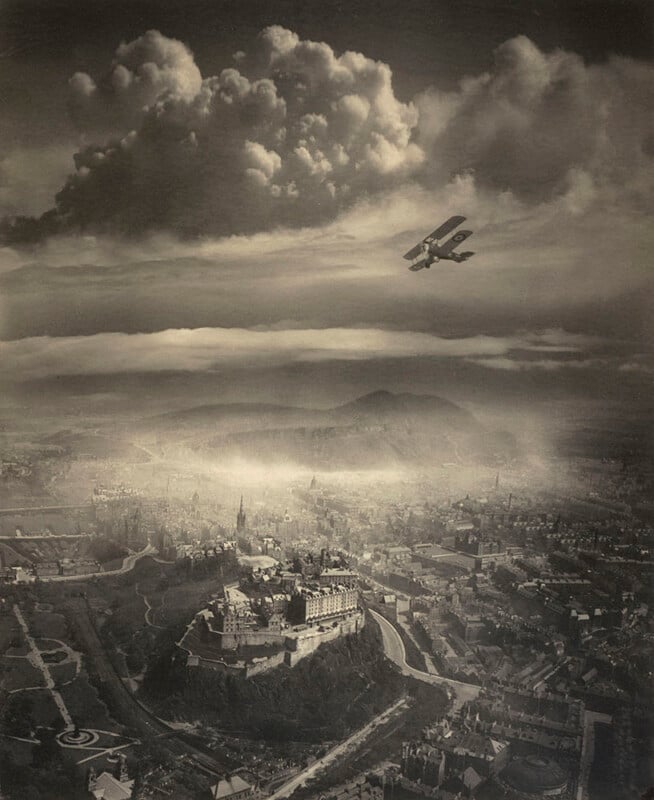This Daredevil Aerial Photographer From the 1920s Was Also a Photoshop Pioneer

Alfred Buckham was an aerial photographer who took to the skies at a time when pilots’ lives were measured in weeks, not years. But he was also a master manipulator in the darkroom and paved the way for Adobe Photoshop and today’s AI photo apps.
Buckham’s work is currently on display at the Scottish National Portrait Gallery in an exhibit that explores the pioneering photographer’s life and portfolio.
A maverick of early aviation, Buckham suffered nine crashes during his career, but despite the last of those resulting in his larynx being removed, he never stopped pushing his photography.






Viewing himself as an artist, Buckham was less interested in capturing scenes accurately and more in enthralling the audience with a sense of wonder. To achieve this, Buckham experimented with composite photography and would combine several negatives into a single print. Using dry-plate cameras, Buckham kept a 2,000-strong “cloud library”, which he used to enhance his images in the darkroom.
It was through the technique of composite photography that some of Buckham’s most famous works were born, including an iconic aerial view of Edinburgh, circa 1920. This striking photograph shows a biplane hovering amongst wispy clouds above Edinburgh Castle, with Arthur’s Seat visible through the mist in the background, and the bustling city below. The exhibition will display the three glass negatives Buckham used to make it.





To take photos from his plane, Buckham would stand up without holding onto anything other than the camera, as he rightly believed that holding onto the fuselage would spoil the photos.
“It is not easy to tumble out of an aeroplane,” Buck wrote in January 1927. “Unless you really want to, and on considerably more than a thousand flights, I have used a safety belt only once, and then it was thrust upon me. I always stand up to make an exposure and, taking the precaution to tie my right leg to the seat, I am free to move rapidly, and easily, in any desired direction; and loop the loop; and indulge in other such delights, with perfect safety.”
Although he was based in the Scottish capital, Buckham traveled all around the world in airplanes that were sometimes made out of flimsy timber and Irish linen. In 1931, a commission from Fortune Magazine took Buckham on an epic fifteen-week trip across the Americas, covering 19,000 miles and setting a world record. Starting in New York City and taking the opportunity to capture the newly built Empire State Building, Buckham photographed his intrepid journey from the United States to the tip of South America to share with the world.
“Alfred Buckham’s eye-catching photograph of Edinburgh is one of the most popular artworks in the National Galleries of Scotland collection,” says curator of photography at the National Galleries of Scotland Louise Pearson.
“This enthralling image becomes even more intriguing when you learn that it is a darkroom jigsaw — a composite photograph made through a combination of technical skill and creative vision. Alfred Buckham: Daredevil Photographer tells the remarkable story of this maverick of early aviation whose adventures took him from aerial reconnaissance photographer to intrepid explorer via numerous loop-the-loops.”
Alfred Buckham: Daredevil Photographer is a free exhibition at National Galleries Scotland: Portrait and will run until April 19, 2026.